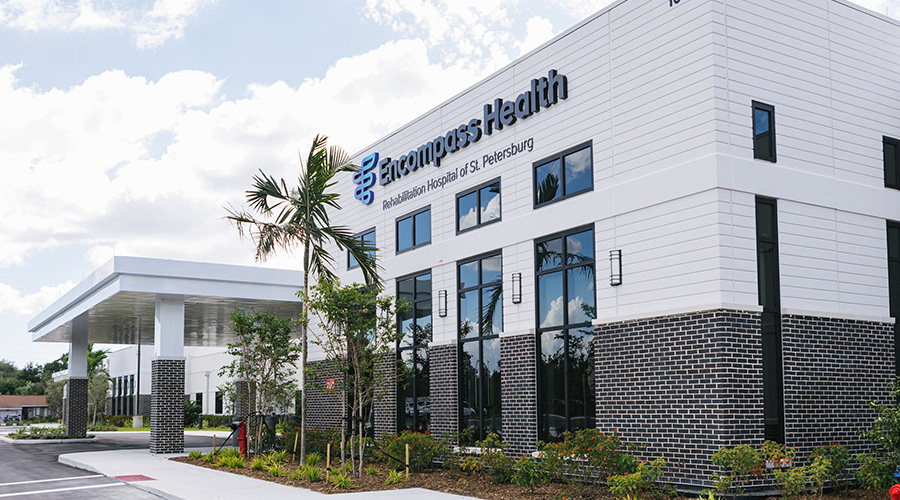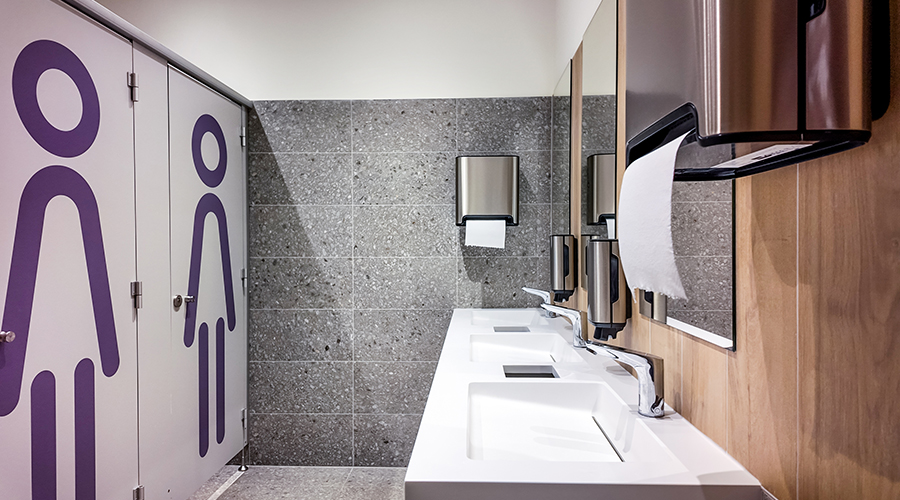Healthcare campus wayfinding problems often stem from environments that have been expanded, are too symmetrical or have ineffective separation between public and private areas, according to an article on the Hospital Build and Infrastructure website.
The design of the healthcare environment should include intuitive wayfinding from the start of the campus master-planning process, the article said. The master plan should consider directional orientation and optimal views of the outdoors that provide intuitive cues to position and routes.
The master plan should also consider the orientation and potential design of future annexes and additional buildings to incorporate clear transitions. For new campus plans, the wayfinding designer should create a map of the ideal circulation patterns that considers the following:
• The public: Patients, visitors, vendors
• All categories of staff, from administrators, to physicians and nurses, to food service personnel
• Public destination points: parking garages, the A&E, main entry, patient floors, gift shop, cafeteria, clinics and other ambulatory diagnostics

 A 'Superbug' Is on the Rise in Hospitals
A 'Superbug' Is on the Rise in Hospitals The Next Generation of Security Tech in Healthcare Facilities
The Next Generation of Security Tech in Healthcare Facilities Encompass Health Rehabilitation Hospital of St. Petersburg Opens
Encompass Health Rehabilitation Hospital of St. Petersburg Opens Why More Facilities are Adding Gender Neutral Restrooms
Why More Facilities are Adding Gender Neutral Restrooms Massachusetts Hospital Cyberattack Reflects Growing Vulnerability in Healthcare Systems
Massachusetts Hospital Cyberattack Reflects Growing Vulnerability in Healthcare Systems